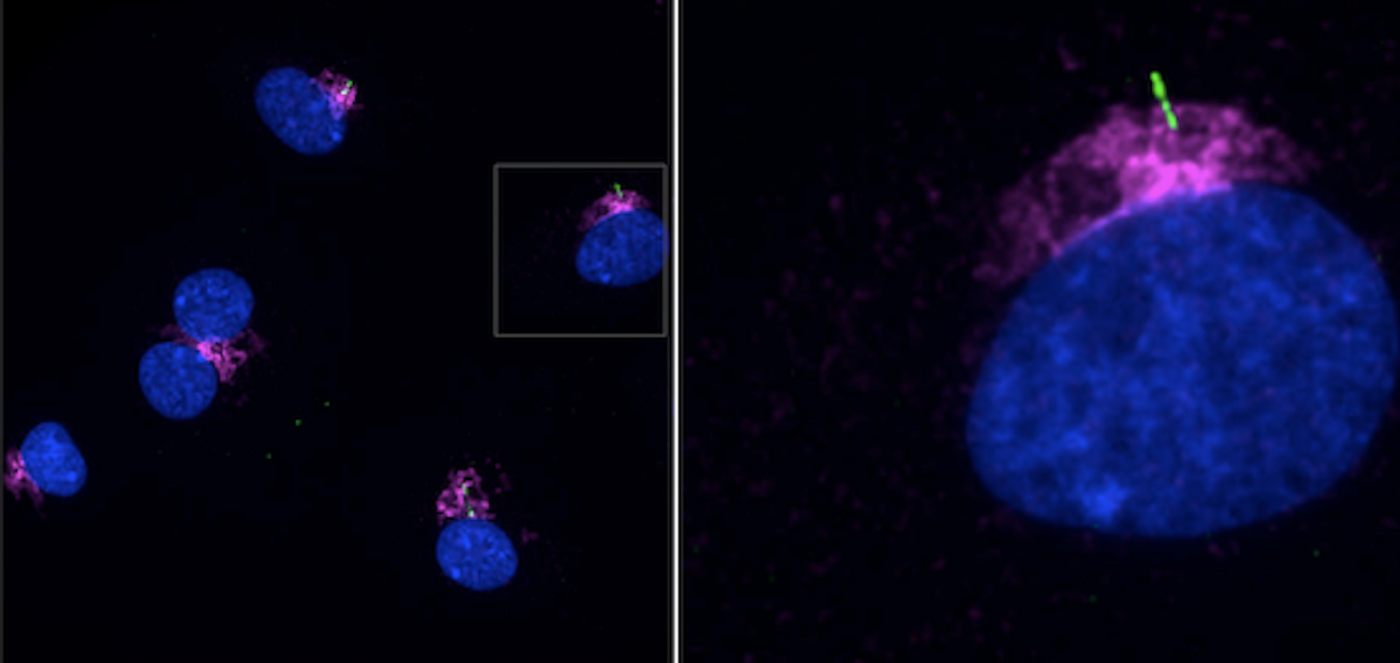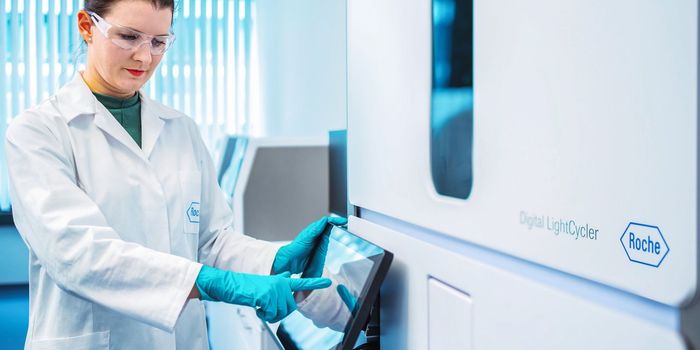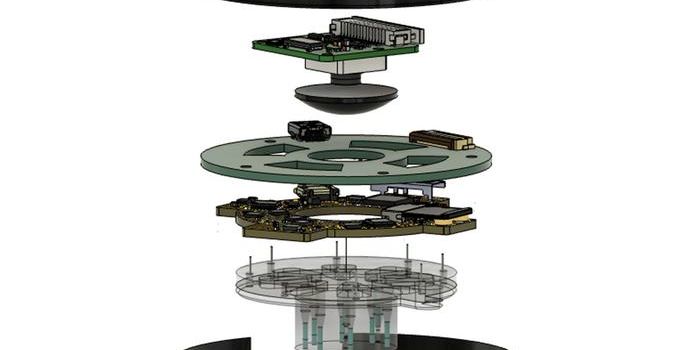Cilia are Discovered to be Crucial to the Lymphatic System
In recent years, researchers have been learning more about why cellular antennas called cilia are so important. Cilia can act as sensors of the cell's environment and can send and receive signals. Dysfunction in these structures have been associated with many different diseases, which are sometimes referred to as ciliopathies. More and more cells are being found to have cilia, and they are being connected with more aspects of human physiology.
Scientists have now found that in humans and mice, cells called lymphatic endothelial cells (LECs), which line the inside and outside of lymphatic vessels, have primary cilia. The primary cilia on LECs may be playing a crucial role in the development and maintenance of the lymphatic network throughout life as the network responds to wounds and cancer. In a mouse model, the researchers found that when primary cilia don't form on LECs, the lymphatic vessels will grow too much in certain places. This may indicate that primary cilia are necessary for the normal growth of lymphatic vessels. The findings have been reported in Frontiers in Cell and Developmental Biology.
"The first images were so exciting! LECs do have primary cilia and they are clearly important for patterning growth. The finding of a new regulatory 'hub' on LECs means that the way we think about how and what kind of signals are received by these cells has fundamentally changed. Targeting the assembly of cilia by the cell or their ways of signaling could allow us to control or stimulate lymphatic vessel growth in new ways," said corresponding study author Dr. Darci M. Fink, an assistant professor at the Department of Chemistry and Biochemistry of South Dakota State University.
The lymphatic system is crucial to health; it's a kind of drainage system that helps clear pathogens from the body and removes excess fluids. This fluid, or lymph, gets returned to the body once it's cleared of waste materials. The lymph vessels form during the development of the embryo, in lymphangiogenesis, and this process continues throughout life in response to needs, like when wounds or inflammation occur. When lymphangiogenesis is disrupted, chronic inflammation, edema, faulty wound healing, and tumor progression may occur.
In this work, Fink and colleagues showed where primary cilia are located on mouse LECs. Then they created a model in which the trafficking of proteins in the cilia was disrupted, but only in LECs. In this model, the IFT20 protein, which is required for ciliary assembly and function, was knocked out exclusively in LECs. the lymphatic vessels were significantly disrupted; they were too big and their branching structure was wrong, they had edema, and there was too much smooth muscle, which also had blood vessels it should not have had. Functional primary cilia, therefore seem to be essential for the lymphatic vessels to develop properly.
"Primary cilia are such an essential part of the function of many cell types, including those that form other tube-like structures like blood vessels, breast ducts, and kidney tubules. Now we can add lymphatic endothelial cells to that list. Understanding exactly how primary cilia govern LEC movement, division, and tube formation and how to exploit these mechanisms is the next exciting challenge," said Fink.
The researchers also found that when ciliary trafficking was disrupted in the mouse model, the lymphatic response to wound healing was impaired.
"The striking overgrowth of lymphatic vessels seen after the loss of primary cilia points to the key role of cilia in coordinating the physiology of LECs with their microenvironment. The challenge now is to identify the signals sensed by lymphatic cilia. Across eukaryotic organisms, cilia are known to use a wide range of signals such as small molecules, peptides, physical forces, osmotic changes, and light, so in principle, lymphatic cells have many options for sensing," added study co-author Professor Gregory J. Pazour of the University of Massachusetts Medical School.
Sources: AAAS/Eurekalert! via Frontiers, Frontiers in Cell and Developmental Biology









